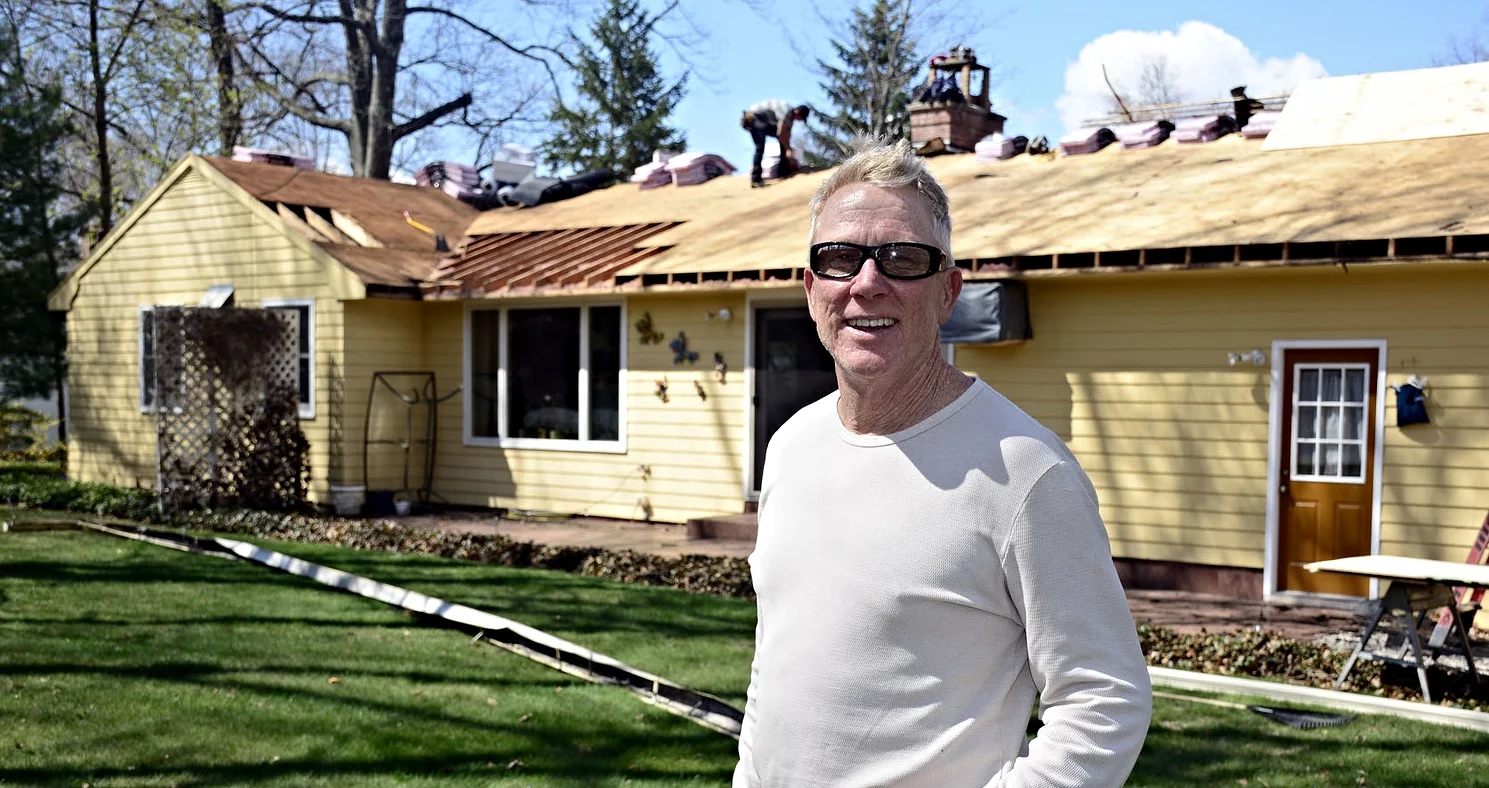How To Treat Mold on Siding
Chelsea O'Donnell
Here in Connecticut and most of New England, vinyl siding is a popular cladding option for many homeowners. Starting in the 1950s, it became a favorite aluminum replacement due to its low maintenance and high durability. With a wide variety of colors and textures, it continues to be a fantastic option, offering personalized style without having to worry about sanding, painting, or major maintenance.
While vinyl siding is beneficial in so many ways, one complaint is the potential for mold growth, often on the north side of a home. To be clear, mold can grow anywhere, but the north side is the area that’s most susceptible because it gets the least amount of sun exposure. Constant shade, high vegetation, or anything that stops a house from getting regular sunlight is an invitation for mold to grow in that area, whether it’s clad in vinyl or not.
In addition to lack of sunlight, excess moisture is another mold inhibitor. The cause could be as simple as trapped rainwater that’s unable to drain properly. Another possible issue could be a faulty drain pipe or a gutter that’s dripping on the siding, causing constant dampness. Either way, a moisture problem is something you’ll want to deal with as the water will continue to feed the mold, which will then spread.
Another reason for mold growth on siding is a build-up of dirt, which is a food source for all different types of fungus. Something as simple as a dryer vent can cause dirt and dander to stick to the siding. Tree sap is also common and can be tough to remove. Homes on high-traffic roads tend to get dirty more easily as well. Any of this debris will quite literally make a meal for spores to feast on.
So what can you do to keep mold at bay and ensure your vinyl siding looks great for years to come? Assessing your sunlight and moisture exposure is key, but what if you don’t want to cut down a tree or you happen to live in an area where moisture is a problem? A professional will be able to inspect your siding and treat the mold using a cleaner and blocker that removes spores and keeps them from coming back. It’s important to use a specially designed cleaner that is strong enough to tackle mold but not too harsh that it will damage the house. You also want to be careful not to use any bleach-containing materials so as not to harm the vegetation surrounding your home.
Once your house is cleaned, be sure to maintain your vinyl siding by assessing your home for moisture, treating leaks promptly, and keeping your gutters clear and free of debris. An annual inspection will help to ensure that any problems are dealt with promptly so they don’t get out of control.
Bob O’Donnell is the owner of O’Donnell Bros. Inc., a Bristol-based home improvement company established in 1975. Email your questions to info@odonnellbros.com with the subject line “Ask the Pro.” All questions may be considered for publication. To contact Bob for your remodeling needs, call O’Donnell Bros. Inc. at (860) 589-5155 or visit http://www.odonnellbros.com. Advice is for guidance only.
